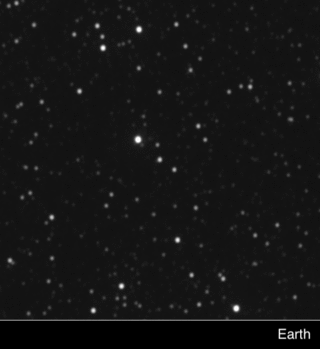
The most direct way of measuring the distances to nearby stars is by parallax: observing them against a field of distant stars six months apart and measuring the tiny shift in their apparent position due to being viewed from opposite sides of the Earth’s orbit around the Sun (a baseline of two astronomical units). So tiny is the displacement and so difficult the measurement that the first successful observation of stellar parallax was not made until the 1830s, as recounted in Alan Hirshfeld’s delightful book Parallax.
But now that humans are taking their first tentative steps into interstellar space, we have new perspectives on the stars, and the New Horizons spacecraft, which flew by Pluto in 2015 and Kuiper belt object Arrokoth in 2019, and is now outbound to interstellar space, allowed observing with a baseline of around 7 billion kilometres, or 46.7 astronomical units (the mean distance from the Earth to the Sun).
In April 2020, as reported by NASA in “NASA’s New Horizons Conducts the First Interstellar Parallax Experiment”, the spacecraft photographed the nearest star, Proxima Centauri, against background stars, providing an image which can be compared against one taken from Earth at the same time. The two images, shown above as an animated GIF, allow you to directly see the parallax of the star, providing humanity’s first direct view of a sky which looks visibly different from that of the home planet.